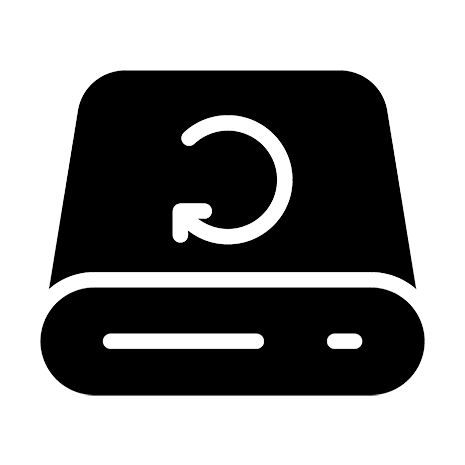About Us
SysAdmins creating software for SysAdmins.
Consider This Common ‘Gotcha’ Before Your Next Disaster Recovery

Even the best disaster recovery plan probably has a few oversights. For example, many companies build their plan around the assumption that if they lose a server due to natural disaster, power surge, or hacker attack, they’ll simply restore onto the same kind of server.
But what if they restore onto their new box, only to discover that it is ever so slightly different? Sure, that server may seem virtually identical to business users. But even the slightest difference – in disc size or storage controllers – could prevent your restore from working properly.
A similar server isn’t the same server—and even the “same” server may not be identical if it’s a slightly updated version. It’s not only possible but highly likely that you will need to restore to dissimilar hardware or storage after your next system outage. Can your disaster recovery plan really support a change in hardware? Before we can answer this question, we must look at what goes into a good disaster recovery plan.
Building Your Disaster Recovery Plan
Disaster recovery is all about getting your computing systems back up and running after a significant disruption. So the first step in creating your disaster recovery plan is to ask your stakeholders: “How long can our systems be down without severely impacting our organization?”
Notice the word “severely.” Any network downtime will be a nuisance and will likely trigger complaints from your end users. But how long will it take before you can’t serve customers, have to shut down production, and so on?
This interval is known as your downtime tolerance. For some companies, it’s minutes. For others, it may be as much as an hour. But it’s seldom several hours almost never days; if you use computers at all, you come to depend on them more than that.
Based on your downtime tolerance, you can then determine your recovery time objective (RTO). Your RTO should be designed to ensure that you’ll restore your business systems before you exceed your downtime tolerance.
At this point in the process, many system administrators think, “We’re covered. Our RTO is one hour, and I know we can restore data from our backups within 20 minutes, so we should be fine.”
Don’t fall into this common trap. You’ll only be OK if you’re doing the right kind of disaster recovery backups.
Why System Image and Data-Only Backups Aren’t Enough
Many system administrators assume that their system image backups or data-only backups provide them with the protection they need in the event of a disaster. Here’s some tough love: they’re wrong.
Keep in mind that after a disaster, you’ll very likely have to restore to dissimilar hardware. System image backups are only designed to work on the exact same hardware. Put them on a differently configured system, and they’ll be useless.
Meanwhile, restoring from a data-only backup won’t help you meet your RTO. Even if you know it won’t take long to pull data onto your new hardware, keep in mind that your new hardware will need extensive preparation before you can use it. You’ll have to install the operating system, application patches, and updates, and you’ll need to make all the system configurations you made on your previous hardware. This process, alone, can take many hours.
So if you really want to be prepared to restore to dissimilar hardware, the best approach is to back up everything on your server. This includes your operations, applications, data, patches and updates, and configurations. And be sure your backups are configured to happen at the file level. That way, you’ll be able to restore selectively, omitting any files that were specifically related to the old server.
With a complete file-level disaster recovery backup like the one we’re describing, you can often recover your business systems on dissimilar hardware in minutes, not hours. And there’s no organization that wouldn’t want that kind of resiliency after a hack.
Protect Your Virtual Machines, Too
Now, if you’re running your business on virtual machines, this discussion of restoring to dissimilar hardware may seem irrelevant to you. Even if your VM vendor switches physical servers, you’ll see the same virtual environment.
But after disaster strikes, you may very well need to restore to a different virtual machine platform, or in a dissimilar cloud environment. Within a new VM or cloud environment, there may be nuances that can throw off your disaster recovery. System image and data-only backups won’t necessarily work correctly in the face of these changes—but complete file-level backups will.
Regardless of which hardware you’re coming from or which VM platform you’re going to, Storix SBAdmin helps organizations like yours restore operations in minutes after a cyber attack. We would love to provide you with a proof of concept tailored to your needs. To get started, call us today at (877) 786-7491 or schedule a time to speak with one of our disaster recovery experts.
